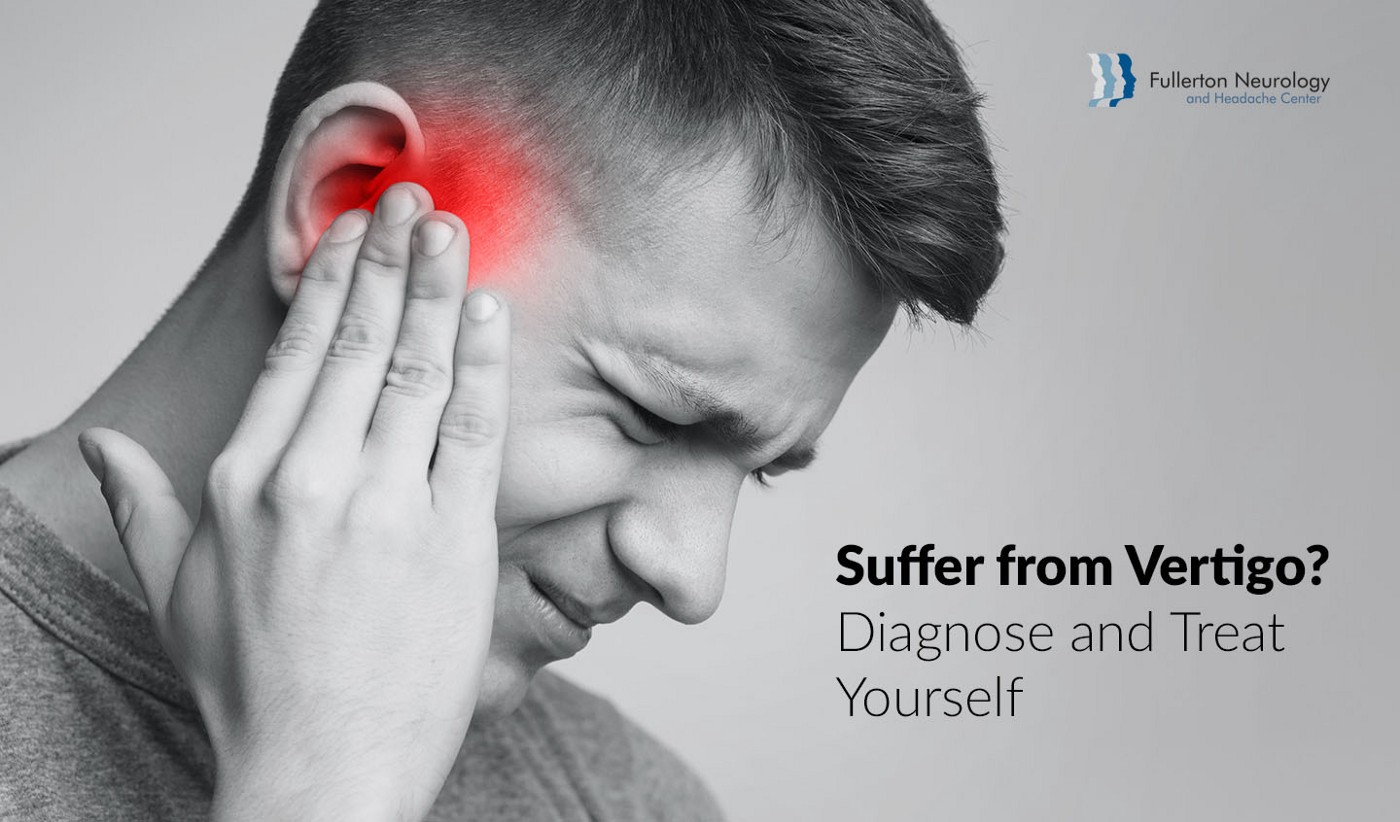Benign paroxysmal positioning vertigo (BPPV) is the most common cause of vertigo. Symptoms are a brief spinning feeling, lasting a minute or two, and provoked by movement, especially turning over in bed or sitting up from bed.
Responses to three questions out of a 6-item questionnaire were accurate in confirming or ruling out a diagnosis of BPPV in a series of 578 consecutive patients in a dizziness clinic.
1. A spinning sensation?
2. Provoked by head movement?
3. Lasting less than 3 minutes?
80% of those who answered yes to all 3 had an 80% probability of having a diagnosis of BPPV (positive predictive value). 94% of those who answered no to all three did not have BPPV (negative predictive value).
The other 3 questions were designed to determine which ear was affected and what subtype of BPPV was present.
Next, go online and see the diagnostic Dix-Hallpike and the therapeutic Epley maneuvers and try to do them yourself. If you can’t, see a physician who can. You don’t need to waste cash at a fancy balance disorders center.
Refer to:


Leave a Reply